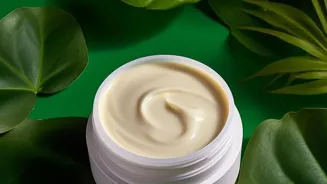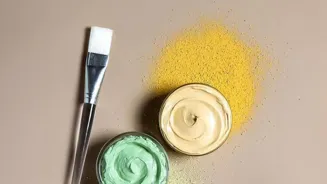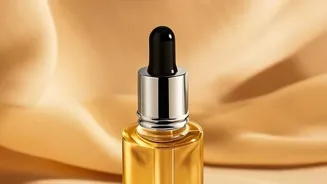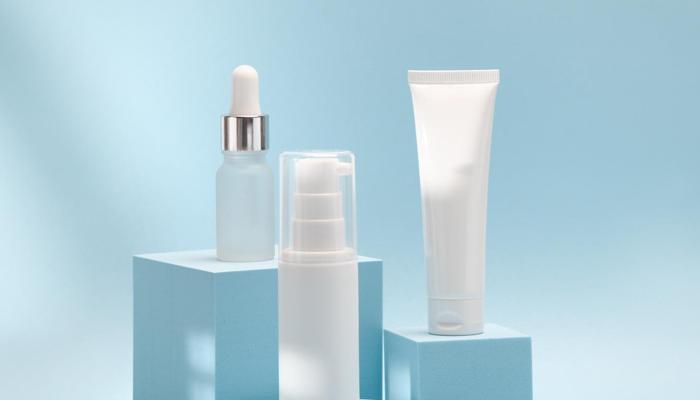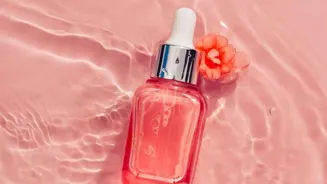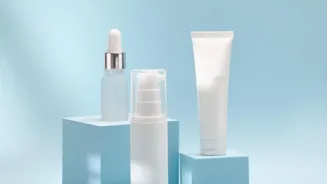Unlock Radiant Skin: The Power of Exfoliation! Dive into benefits and find the right method for you. Read on!
In the bustling streets of India, where pollution and heat are daily companions, skincare often
takes a backseat. But, did you know that one simple practice could dramatically improve your skin's health and radiance?
We're talking about exfoliation, a technique that removes dead skin cells, revealing a fresher, brighter you. Let's dive into the world of exfoliation, understand its benefits, and learn how to choose the right method for your unique skin type.
Exfoliation boosts skin renewal for a healthy, radiant glow
Exfoliation is like a spring cleaning for your skin. Our skin naturally sheds dead cells, but sometimes this process slows down, leading to dullness, clogged pores, and even acne.
Exfoliation helps speed up this process, removing the buildup of dead cells and allowing new, healthy skin to shine through. Think of it as unveiling a hidden treasure – the radiant skin that was always there, just waiting to be discovered.
Regular exfoliation can also help your skincare products absorb more effectively, making them work harder for you. In the long run, this can lead to smoother texture, reduced fine lines, and an overall youthful glow. Exfoliating too much can also damage skin.
Choosing between physical and chemical exfoliation methods
Choosing the right exfoliation method is crucial. There are two main types: physical and chemical. Physical exfoliants use abrasive materials to scrub away dead skin cells. Think scrubs with sugar, salt, or beads.
Chemical exfoliants, on the other hand, use acids or enzymes to dissolve the bonds holding dead skin cells together. Alpha-hydroxy acids (AHAs) like glycolic acid and lactic acid, and beta-hydroxy acids (BHAs) like salicylic acid, are common examples.
Which one is right for you depends on your skin type and concerns.
Physical exfoliation should be gentle to avoid skin irritation
Physical exfoliation can be very effective at immediately sloughing off dead skin. Scrubs are readily available and easy to incorporate into your shower routine. However, it's essential to be gentle! Over-scrubbing can irritate the skin, causing redness and inflammation.
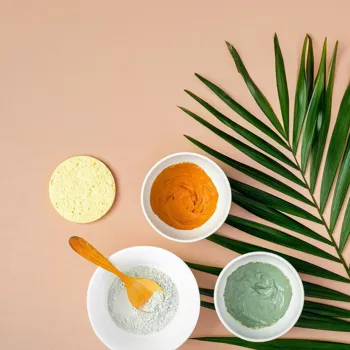
Look for scrubs with fine, rounded particles to minimize the risk of micro-tears. People with sensitive skin should approach physical exfoliation with caution, as it can sometimes be too harsh. A patch test is always a good idea before applying a new scrub to your entire face. This helps to identify any allergies
Chemical exfoliation is gentle yet effective for skin, start slow
Chemical exfoliation might sound intimidating, but it can be a gentler yet equally effective option, especially for sensitive skin.
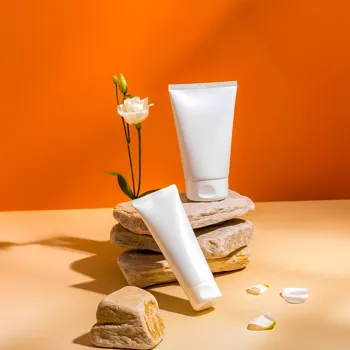
AHAs are great for addressing surface-level concerns like dullness and uneven skin tone, while BHAs are oil-soluble and can penetrate deeper into pores, making them ideal for acne-prone skin. Starting slow is key when using chemical exfoliants.
Begin with a low concentration and gradually increase the frequency or strength as your skin adjusts. Always follow up with a good moisturizer and sunscreen, as chemical exfoliants can make your skin more sensitive to the sun.
Different exfoliation methods for various skin types explained briefly
To help you navigate the world of exfoliation, let's break it down by skin type. If you have oily or acne-prone skin, BHA exfoliants like salicylic acid can be your best friend. They help unclog pores and reduce inflammation.
Normal skin can usually tolerate both physical and chemical exfoliation, so feel free to experiment and see what works best for you. Dry skin benefits from gentle exfoliation to remove flaky patches and allow moisturizers to penetrate.
AHAs like lactic acid can be a good choice, as they also have hydrating properties. Sensitive skin requires extra care. Look for very gentle physical exfoliants or low-concentration AHAs, and always do a patch test first.
Consistency is key, but moderation crucial in exfoliating for healthy skin
Finally, remember that consistency is key, but moderation is crucial. Over-exfoliating can damage your skin's protective barrier, leading to dryness, irritation, and even breakouts. A good rule of thumb is to exfoliate 1-3 times per week, depending on your skin type and the method you're using.
Listen to your skin! If you notice any redness, stinging, or excessive dryness, cut back on exfoliation and give your skin time to recover. Exfoliation is a powerful tool for achieving healthy, glowing skin, but it's important to use it wisely.
With a little knowledge and experimentation, you can find the perfect exfoliation routine to unlock your skin's natural radiance.
Exfoliate carefully and protect skin from sun after
Remember to always follow up exfoliation with a good sunscreen , as your skin becomes more sensitive to sun exposure. It is also good to test the product on the hand before using it on face to avoid bad reactions due to allergies.
After exfoliation, keeping skin moisturized is helpful to keep skin hydrated. Before considering any exfoliation methods it is essential you know your skin type.
